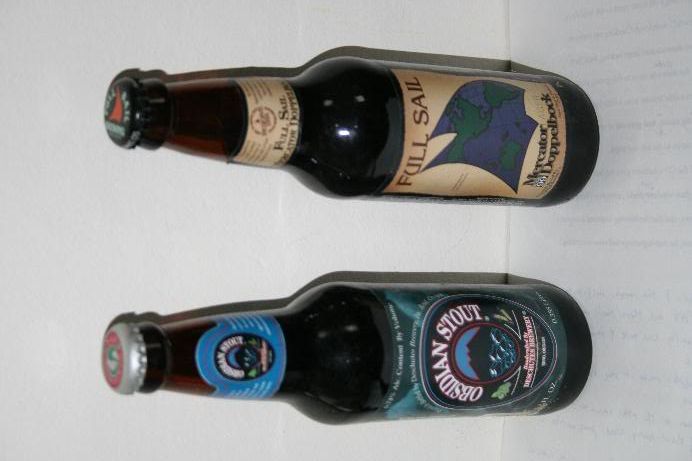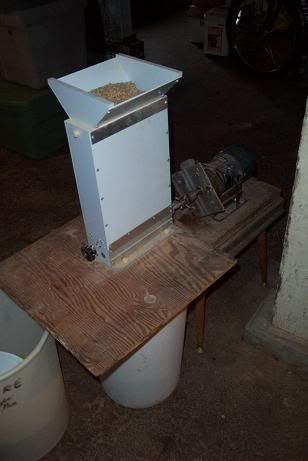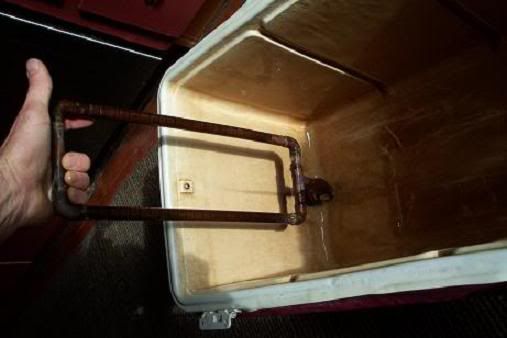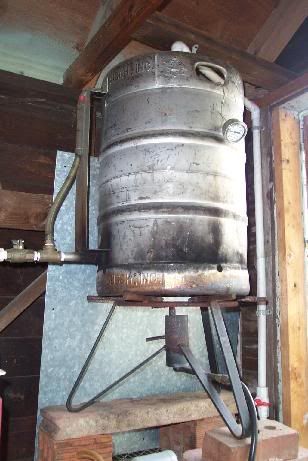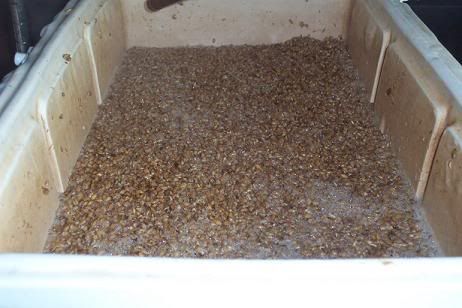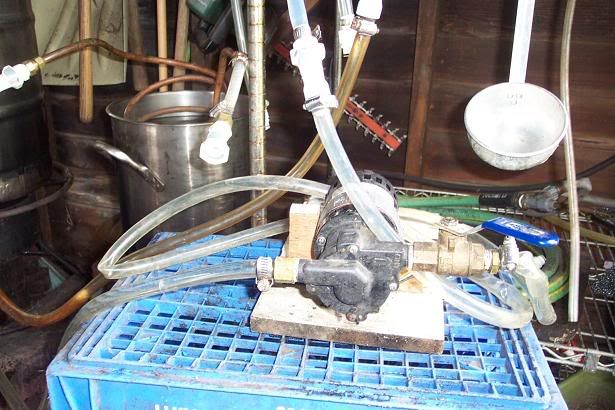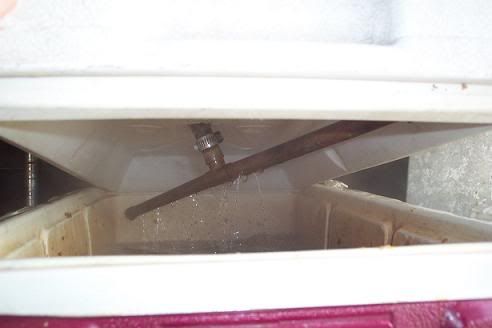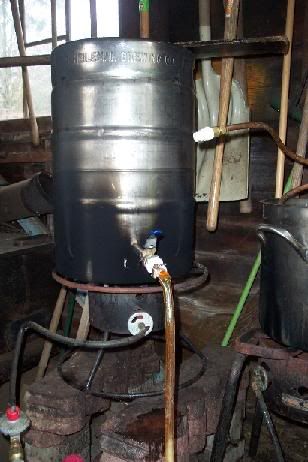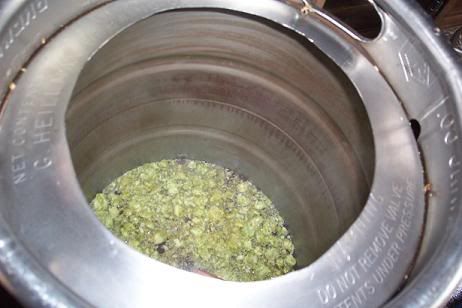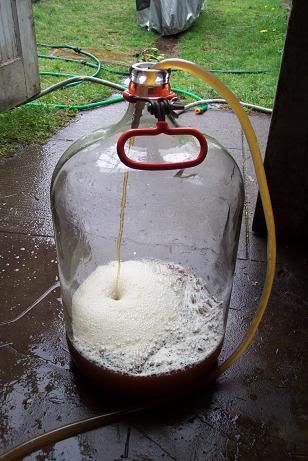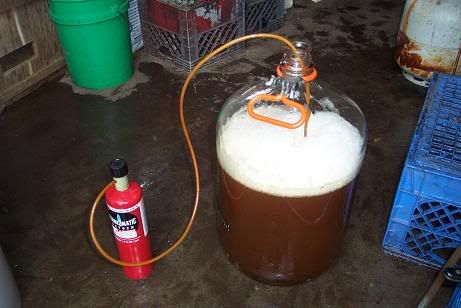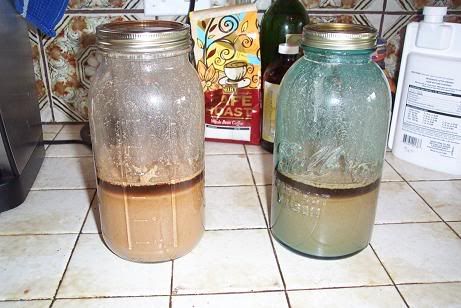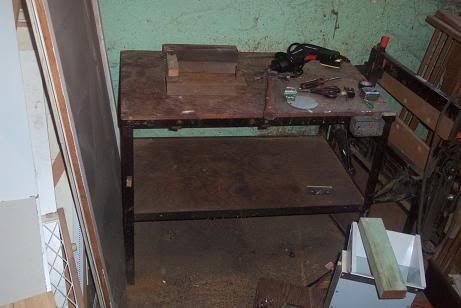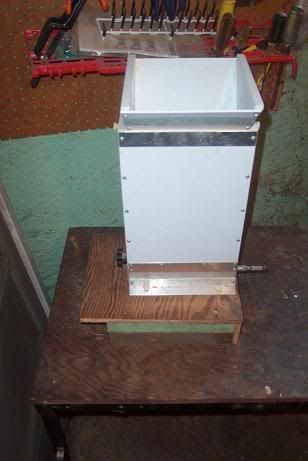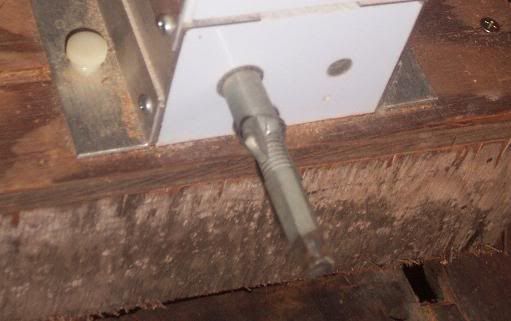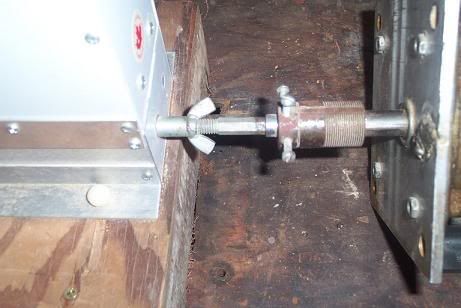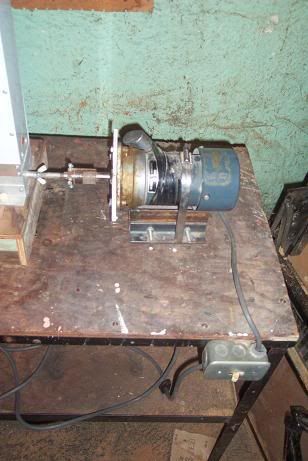by The Trubadours, Gary Corbin and Laura Guimond
Another article in a series about the breweries, pubs and beers that we encountered in our May, 1996 trip to Britain and Ireland.
Our tour guide at Beamish and Crawford brewery in Cork, Ireland had given us the name of a friend at John Smith’s Brewery to look up in case we should happen to stop by. Needing no further excuse, we called Mr. Mark O’Shea from southern Scotland and he gamely offered to show us around a bit. Mark proved to be as friendly and hospitable as our Irish and Scottish brewery hosts were; a family man with young children at home, nevertheless Mark came in on his day off to provide a tour of one of England’s largest breweries.
From the tiny to the Titan
The Brewery
John Smith’s was founded in 1758 at what is now the site of neighboring Sam Smith’s brewery. The new site was built in 1884 when two feuding cousins split the company in two. After a complex series of mergers and buyouts, the first being when Courage bought it in 1972, John Smith’s became part of what is now the Courage/Scottish and Newcastle chain, Britain’s largest brewing giant. The 1884 brewhouse remained in use until 1984, when it was restored from original line drawings as a museum/touring brewery.
John Smith’s, a 7 day x 24 hour operation, brews 1.4 million imperial barrels per year. Its principal product is John Smith’s Bitter, but it produces all products in the Courage line. It packages its beer in kegs, casks, and cans; no bottling is performed at John Smith’s in Tadcaster. They do, however, keg beer for other Courage breweries, including Beamish & Crawford.
Smith’s recently sold its in-house malting operation, which still supplies most of its malt. The malt is made primarily from barley from surrounding Yorkshire, an area well known for its quality barley crop. Several different carefully segregated yeasts are used, and are recultured in-house every ten generations.
The Equipment
Mashing and lautering were done in the same vessel until 1948, when the brewery modernized. Currently there are four tanks, one each for the mash, sparge, boil, and whirlpool. Until tax laws changed four years ago, there was a fifth, “ganging” vessel, used to measure the wort and its gravity for taxation purposes. These tanks are used now for pre-fermentation storage as required.
The brewery is a mix of the old and traditional on the one hand and the new and modern on the other. Racking between the 42 conical fermentation and storage tanks is done by a pump, but the brewer must manually connect flexible hoses between tanks. Temperature of the vessels is controlled from a central computer, which monitors thermostats inside glycol cooling jackets on each vessel.
The Process
The two-step mash (68ºC, then 71ºC) takes only an hour, after which it is pumped to the lauter tun for a three hour, 15 minute sparge at 77ºC. This produces a concentrated wort of about 1.058 SG, which is then pumped to the kettle. After boiling, the brew is pumped to one of two 8’-long counterflow chillers, which can cool 200 barrels per hour to 18ºC.
Fermentation
Usually, two 750-1000 hectoliter batches of each brew are combined before fermentation. From 1913 to 1975, they used open Yorkshire slate fermenters; currently the beer is closed-fermented in one of 42 conical tanks. Fermentation is quick – about 86 hours – after which it is chilled to 5ºC for about 24 hours, then to -1ºC to clarify it. Isinglass finings are added at this time unless the ale will be cask-conditioned. The yeast is filtered out after fermentation and used to produce new slants for propagation or is sold to make marmite (used as a toast spread).
In sum, the beer spends 6-8 hours in the brewhouse, a week in fermentation tanks, and 3 or 7 days in maturation tanks (for draft and canned beer, respectively), then goes on to the packaging line. Smith’s stopped cask ale production in the 1970’s but rebuilt is cask packaging line in the 1980’s with the resurgence of popularity of real ale.
Packaging
The brew from any given batch may be blended with other batches, depending upon the results of post-fermentation analysis, either at racking or packaging time. The heavy beer is diluted at packaging time from 5½% alcohol to 3½% (draft) or 4% (cans). Non-cask ale is flash pasteurized immediately before the keg or can is filled. Some, such as Beamish and John Smith Bitter, have NO2 injected. Unlike in the south of England, all ales in the north and in Scotland have a thick, creamy head – even the cask ales, due to a difference in the dispensing mechanism.
The kegging operation is impressive. There are fourteen kegging lanes, and typically they are all in operation. Each lane has four heads: the first empties any sediment from the keg; the second and third clean and disinfect it, and fill it with steam; and the fourth fills it with beer. Random samples of kegs are weighed and recorded, and the records are inspected by the government. That ensures the pub owner – and therefore the customer – will have a full keg when the time comes to consume it.
Consumption
Courage/S&N beers are common throughout Britain and Ireland, and for that matter in Portland. You won’t see anything called John Smith’s Bitter here – it seems to be an England-only phenomenon – but there are several examples around. An easy one to find is the export namesake John Courage at Produce Row. Newcastle Brown Ale is an exemplar of the style and is available in bottles in many stores. CS&N labels you’ll often find on the shelves at Burlingame Market include: Younger (Best Bitter, IPA), McEwan’s (Scottish Ale), and Theakston (Old Peculier).
The ones I tried on our trip – and took notes on! – were:
Theakston Best Bitter – The Traveller’s Rest, Witton-Gilbert, England – Cask ale with long-lasting medium head. Gold color, hoppy aroma, not very estery or citrusy. Thin bodied, medium bitterness, low sweetness, low to medium maltiness, low but noticeable hop flavor, slightly hoppy finish.
Younger’s IPA (nitro) – Cutter’s Wharf, Belfast, Northern Ireland – Creamy nitro head, deep gold to pale red in color, good clarity after settling the required three minutes. Citrusy/hoppy aroma, thin to medium body, moderate maltiness and bitterness, traces of caramel in the flavor. Sweet finish with a citrusy hop presence.
Younger’s Tartan Special – Tigh-an-Truish, Seil Island, Scotland – Cask ale with deep copper color, low but long-lasting head. Very little detectable aroma. Bitter and hoppy up front, moderately low body, malty/bready flavor but low in sweetness, some caramel. Dry, hoppy finish.
McEwan’s Export Ale – Himalaya’s, Edinburgh, Scotland – Large foamy head, fell out almost completely by mid-glass. Malty sweet aroma, some hop/citrus in aroma. Medium bodied, malty, sweet, moderately low bitterness, sweet finish.
Conclusion
Our personal guided tour of the John Smith brewery was a memorable experience, not only for Mark O’Shea’s generosity with his time, attention, and information, but also because it was a glimpse inside one of the “big boys” in the U.K.
The differences in scale clearly lead brewers to different decisions about process, capital investment, and packaging. Smith’s ability to invest in alternative packaging methods rests in their greater capital reserves and market penetration than, say, Caledonian. Caledonian’s size leads to a boutique image and premium product pricing regardless. Thus, consistency measures such as blending and cost-cutting measures such as heavy wort boils don’t play a role, while they can make a significant difference in a large brewery like John Smith’s. Moreover, the engineering and research that produce the brewery, the product, and the packaging plant at Smith’s are truly impressive and are envied by smaller breweries.
One can only hope that the market dominance of Courage/S&N in Britain does not obliterate the long, fine tradition of local brewing styles and the diversity of products in the breweries they overtake. While both are enjoyable, the malty richness and thick creamy heads of beers in Scotland and Northern England are a world apart from the thinner, less carbonated, more bitter styles found near London. If justice prevails in brewing, the next Brew Crew member to visit the John Smith’s Brewery will find them brewing John Smith’s Bitter the way they do today.

